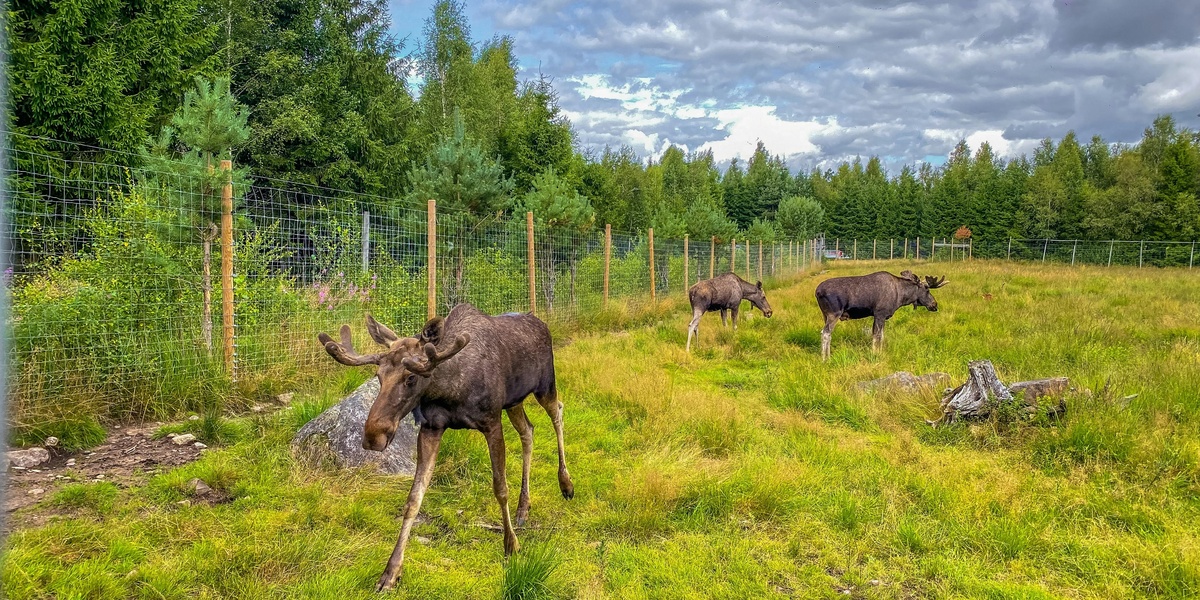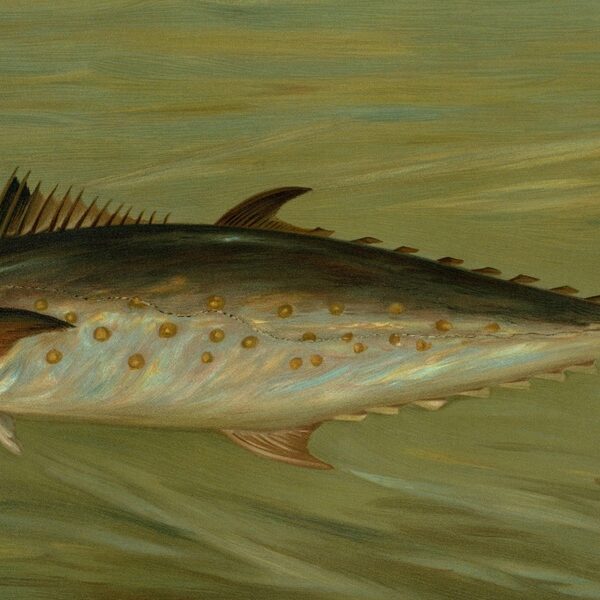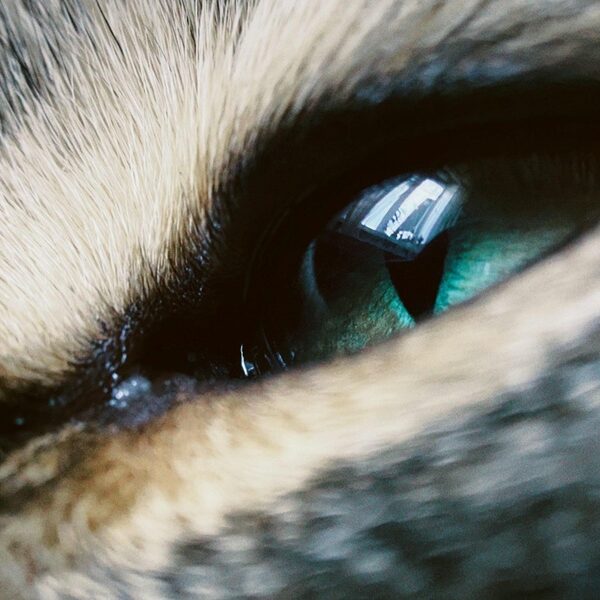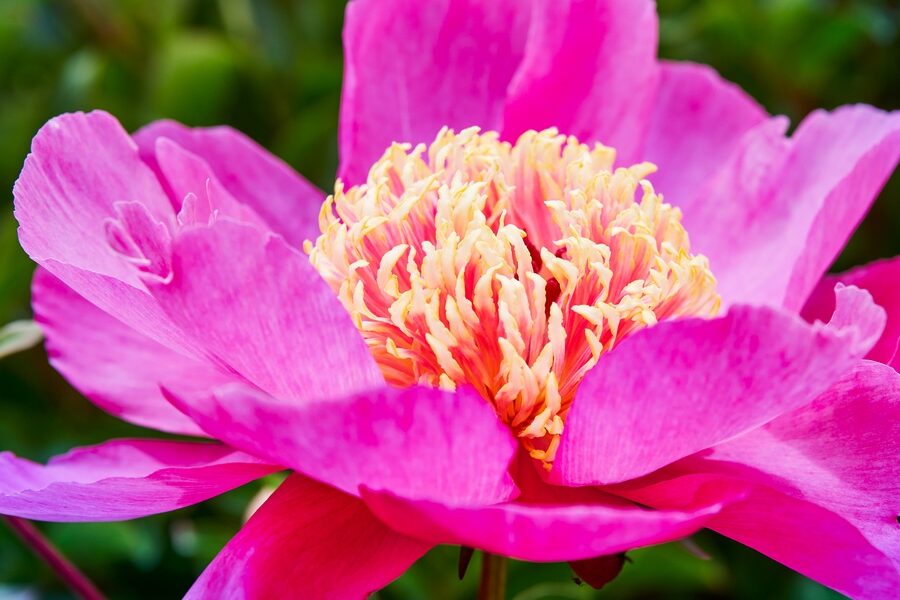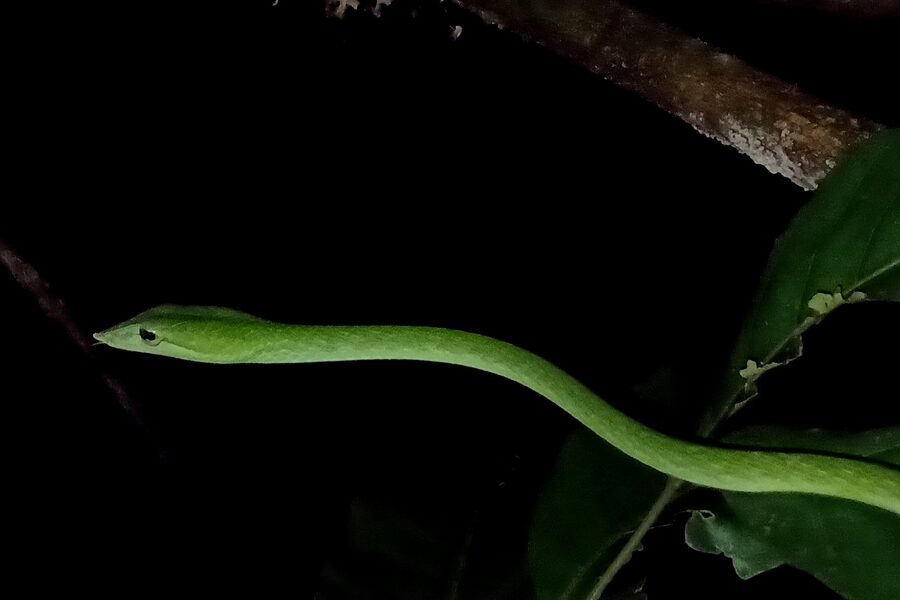Sweden’s mix of coastline, forests and mountains supports a wide range of mammal life, from large ungulates to small rodents. Whether you’re planning a field trip or compiling species notes, a concise, organized list makes it easier to understand what’s present across the country.
There are 70 Mammals of Sweden, ranging from American Mink to Yellow-necked Mouse. Data are organized by Scientific name,Conservation status,Swedish range so you can see taxonomy, protection concerns and geographic occurrence, and you’ll find the full list below.
Which of these species are native, and which were introduced to Sweden?
Most species on the list are native, but a few are introductions or escapes—American Mink, for example, originates from North America and established populations after fur-farm escapes. Check the Swedish range notes in the table to spot non-native occurrences and regional introductions.
How current are the conservation statuses and where do they come from?
Conservation status combines international sources like the IUCN with Swedish assessments (e.g., the Swedish Red List); dates and sources are noted alongside each entry so you can verify how recent the status is.
Mammals of Sweden
| Common name | Scientific name | Conservation status | Swedish range |
|---|---|---|---|
| Moose | Alces alces | IUCN: Least Concern | Throughout the country, except Gotland |
| Roe Deer | Capreolus capreolus | IUCN: Least Concern | South and central Sweden, expanding north |
| Red Deer | Cervus elaphus | IUCN: Least Concern | Mainly in southern Sweden (Skåne) |
| Fallow Deer | Dama dama | IUCN: Least Concern | Introduced; patches in south/central Sweden |
| Reindeer | Rangifer tarandus | IUCN: Vulnerable. Domesticated herds common. | Northern mountain and forest regions |
| Wild Boar | Sus scrofa | IUCN: Least Concern | South and central Sweden, expanding |
| Brown Bear | Ursus arctos | IUCN: Least Concern. Sweden: Near Threatened (NT). | Central and northern Sweden |
| Grey Wolf | Canis lupus | IUCN: Least Concern. Sweden: Endangered (EN). | Mainly central Sweden |
| Eurasian Lynx | Lynx lynx | IUCN: Least Concern | Throughout, but sparse in the south |
| Wolverine | Gulo gulo | IUCN: Least Concern. Sweden: Endangered (EN). | Northern mountain and forest regions |
| Red Fox | Vulpes vulpes | IUCN: Least Concern | Throughout the country |
| Arctic Fox | Vulpes lagopus | IUCN: Least Concern. Sweden: Critically Endangered (CR). | Northern mountain regions (fjällen) |
| European Badger | Meles meles | IUCN: Least Concern | South and central Sweden, up to the north coast |
| Eurasian Otter | Lutra lutra | IUCN: Near Threatened | Throughout, in freshwater and coastal areas |
| Pine Marten | Martes martes | IUCN: Least Concern | Throughout the country |
| Beech Marten | Martes foina | IUCN: Least Concern | Southernmost Sweden (Skåne) |
| Stoat | Mustela erminea | IUCN: Least Concern | Throughout the country |
| Least Weasel | Mustela nivalis | IUCN: Least Concern | Throughout the country |
| European Polecat | Mustela putorius | IUCN: Least Concern | South and central Sweden |
| American Mink | Neovison vison | IUCN: Least Concern | Introduced; throughout the country |
| Raccoon Dog | Nyctereutes procyonoides | IUCN: Least Concern | Introduced; spreading in northern Sweden |
| Raccoon | Procyon lotor | IUCN: Least Concern | Introduced; small, scattered populations |
| Grey Seal | Halichoerus grypus | IUCN: Least Concern | Baltic Sea and west coast |
| Harbour Seal | Phoca vitulina | IUCN: Least Concern | West coast and southern Baltic Sea |
| Ringed Seal | Pusa hispida | IUCN: Least Concern | Northern Baltic Sea (Gulf of Bothnia) |
| Harp Seal | Pagophilus groenlandicus | IUCN: Least Concern | Regular visitor to the west coast |
| Hooded Seal | Cystophora cristata | IUCN: Vulnerable | Regular visitor to the west coast |
| Harbour Porpoise | Phocoena phocoena | IUCN: Least Concern. Baltic population is CR. | West coast and the Baltic Sea |
| White-beaked Dolphin | Lagenorhynchus albirostris | IUCN: Least Concern | Regular visitor to the west coast |
| Minke Whale | Balaenoptera acutorostrata | IUCN: Least Concern | Regular visitor to the west coast |
| Eurasian Beaver | Castor fiber | IUCN: Least Concern | Throughout, except Gotland |
| Red Squirrel | Sciurus vulgaris | IUCN: Least Concern | Throughout the country |
| Norway Lemming | Lemmus lemmus | IUCN: Least Concern | Northern mountain regions |
| Wood Lemming | Myopus schisticolor | IUCN: Least Concern | Northern and central forest regions |
| Bank Vole | Myodes glareolus | IUCN: Least Concern | Throughout the country |
| Field Vole | Microtus agrestis | IUCN: Least Concern | Throughout the country |
| European Water Vole | Arvicola amphibius | IUCN: Least Concern | Throughout the country |
| Muskrat | Ondatra zibethicus | IUCN: Least Concern | Introduced; northern Sweden |
| Hazel Dormouse | Muscardinus avellanarius | IUCN: Least Concern. Sweden: Vulnerable (VU). | Southern Sweden |
| Garden Dormouse | Eliomys quercinus | IUCN: Near Threatened | Extirpated; formerly in southern Sweden |
| Yellow-necked Mouse | Apodemus flavicollis | IUCN: Least Concern | South and central Sweden |
| Wood Mouse | Apodemus sylvaticus | IUCN: Least Concern | South and central Sweden |
| Harvest Mouse | Micromys minutus | IUCN: Least Concern | Southern Sweden |
| House Mouse | Mus musculus | IUCN: Least Concern | Throughout the country, with humans |
| Brown Rat | Rattus norvegicus | IUCN: Least Concern | Throughout the country, with humans |
| Black Rat | Rattus rattus | IUCN: Least Concern | Introduced; very rare, in port areas |
| Mountain Hare | Lepus timidus | IUCN: Least Concern | Throughout, but rarer in the south |
| European Hare | Lepus europaeus | IUCN: Least Concern | Introduced; south and central Sweden |
| European Hedgehog | Erinaceus europaeus | IUCN: Least Concern | South and central Sweden |
| European Mole | Talpa europaea | IUCN: Least Concern | Southern Sweden |
| Common Shrew | Sorex araneus | IUCN: Least Concern | Throughout the country |
| Pygmy Shrew | Sorex minutus | IUCN: Least Concern | Throughout the country |
| Eurasian Water Shrew | Neomys fodiens | IUCN: Least Concern | Throughout the country |
| Northern Bat | Eptesicus nilssonii | IUCN: Least Concern | Throughout the country |
| Common Pipistrelle | Pipistrellus pipistrellus | IUCN: Least Concern | South and central Sweden |
| Soprano Pipistrelle | Pipistrellus pygmaeus | IUCN: Least Concern | South and central Sweden |
| Nathusius’s Pipistrelle | Pipistrellus nathusii | IUCN: Least Concern | South and central Sweden, migratory |
| Brandt’s Bat | Myotis brandtii | IUCN: Least Concern | Throughout the country |
| Whiskered Bat | Myotis mystacinus | IUCN: Least Concern | South and central Sweden |
| Daubenton’s Bat | Myotis daubentonii | IUCN: Least Concern | South and central Sweden |
| Pond Bat | Myotis dasycneme | IUCN: Near Threatened. Sweden: Vulnerable (VU). | Southernmost Sweden (Skåne) |
| Bechstein’s Bat | Myotis bechsteinii | IUCN: Near Threatened. Sweden: Endangered (EN). | Southern Sweden (islands of Öland and Gotland) |
| Natterer’s Bat | Myotis nattereri | IUCN: Least Concern. Sweden: Vulnerable (VU). | Southern Sweden |
| Brown Long-eared Bat | Plecotus auritus | IUCN: Least Concern | South and central Sweden |
| Barbastelle Bat | Barbastella barbastellus | IUCN: Near Threatened. Sweden: Vulnerable (VU). | Southern Sweden |
| Grey Long-eared Bat | Plecotus austriacus | IUCN: Least Concern. Sweden: Critically Endangered (CR). | Southernmost Sweden (Skåne) |
| Parti-coloured Bat | Vespertilio murinus | IUCN: Least Concern | South and central Sweden |
| Serotine Bat | Eptesicus serotinus | IUCN: Least Concern | Southern Sweden |
| Noctule Bat | Nyctalus noctula | IUCN: Least Concern | Southern Sweden |
| Grey Whale | Eschrichtius robustus | IUCN: Least Concern (Pacific pop.). Atlantic pop. is Extinct. | Extirpated; formerly North Atlantic/Baltic |
Images and Descriptions
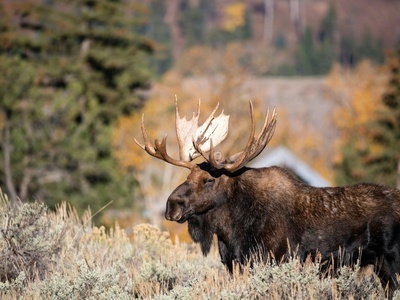
Moose
Sweden’s iconic national animal and the world’s largest deer species. These massive herbivores, known for the male’s palmate antlers, are a common sight in forests, browsing on shoots, leaves, and aquatic plants. An adult male can weigh up to 700 kg.
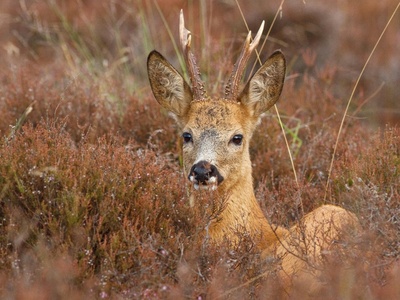
Roe Deer
A small, graceful deer with a reddish-brown coat and short, three-tined antlers on males. Highly adaptable, it thrives in woodlands, farmland, and even suburban gardens. Roe deer are widespread and are the most common deer species in Sweden.
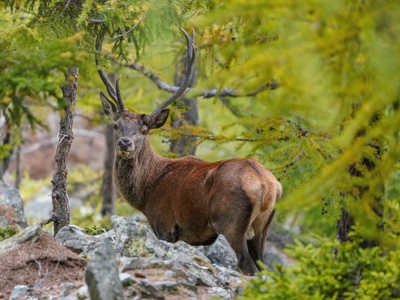
Red Deer
One of Europe’s largest deer species, distinguished by the male’s large, branching antlers and resonant roaring call during the autumn rut. They prefer mixed woodland habitats and have been successfully reintroduced to several areas after near-extinction in Sweden.
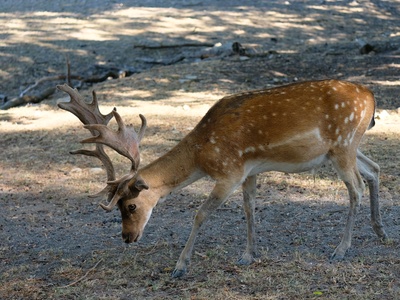
Fallow Deer
An introduced species known for its spotted coat and the male’s broad, palmate antlers. Originally from the Mediterranean, it now lives in wild herds in parks and mixed woodlands, particularly in southern Sweden. Their coloration can vary from white to nearly black.
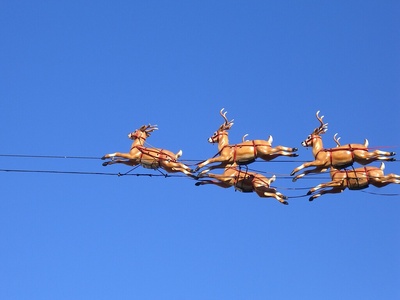
Reindeer
The only deer species where both sexes grow antlers. Wild forest reindeer are rare, but thousands of semi-domesticated reindeer are herded by the Sámi people in northern Sweden. They are perfectly adapted to harsh arctic and subarctic climates, feeding on lichen in winter.
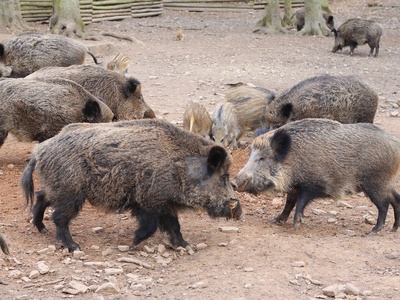
Wild Boar
A powerful, stocky animal with a coarse, dark coat and upward-curving tusks. Reintroduced after being hunted to extinction, its population is now growing rapidly. They are omnivores, using their snouts to root for food in forests and agricultural land.
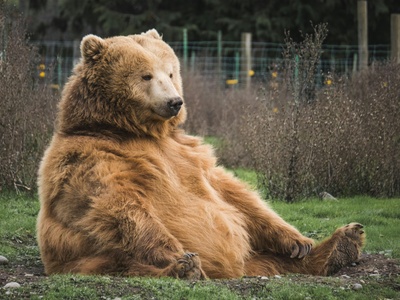
Brown Bear
Sweden’s largest predator, the brown bear is an omnivore with a diet of berries, ants, plants, and occasionally large prey like moose calves. They are typically shy of humans and hibernate for up to seven months during the cold winter.
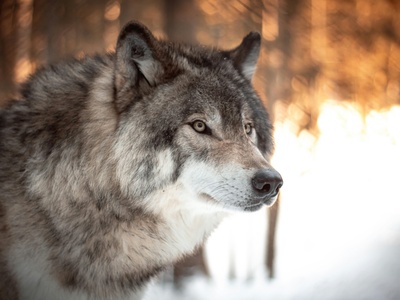
Grey Wolf
A highly social and intelligent predator that hunts in packs, primarily preying on moose. After being exterminated, wolves have made a natural comeback since the 1980s, leading to ongoing public debate about their management and conservation in Sweden.
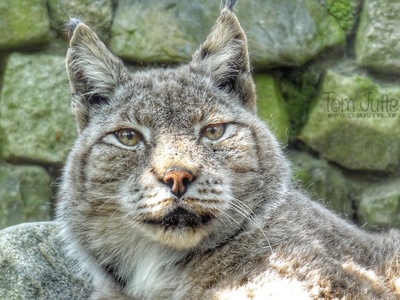
Eurasian Lynx
A secretive, medium-sized wild cat with tufted ears, a short tail, and large paws that act like snowshoes. It is a solitary hunter that preys on roe deer and reindeer, relying on its excellent vision and hearing to stalk its victims.
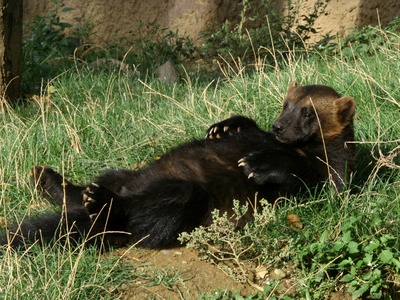
Wolverine
A powerful and stocky carnivore, renowned for its strength and ferocity. The wolverine is a tireless scavenger and predator, capable of taking down prey much larger than itself, such as reindeer, in the harsh conditions of the northern fells.
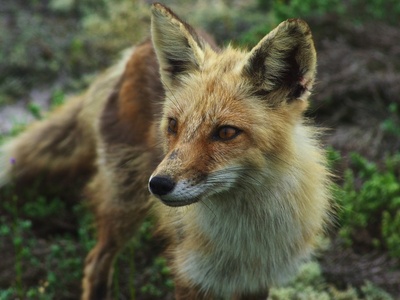
Red Fox
Sweden’s most common wild canid, the red fox is a highly adaptable omnivore. With its characteristic bushy tail and reddish coat, it can be found in diverse habitats from deep forests and mountains to urban parks, preying on rodents and birds.
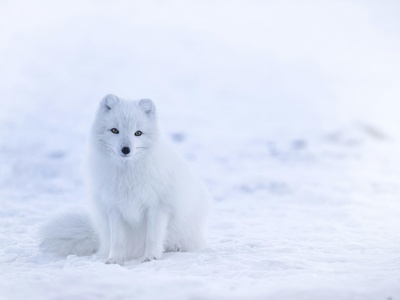
Arctic Fox
A small fox adapted to extreme cold, with a pure white winter coat for camouflage in the snow. The Swedish population is critically small and threatened by climate change and competition from the red fox. Conservation efforts are underway to save it.
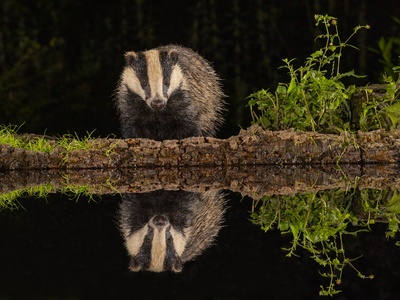
European Badger
A sociable, nocturnal omnivore easily recognized by its black and white striped face. Badgers live in extensive underground burrow systems called setts. They feed on a wide variety of foods, including earthworms, insects, cereals, and carrion.
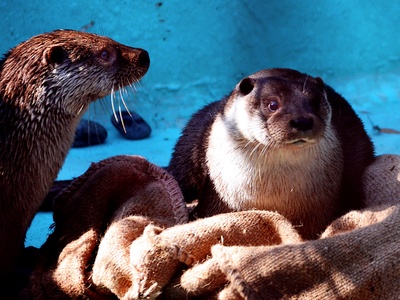
Eurasian Otter
A sleek, semi-aquatic mammal that made a strong recovery after being nearly wiped out by pollution. It is a skillful hunter of fish, crustaceans, and amphibians, found along clean rivers, lakes, and coastlines across the country.
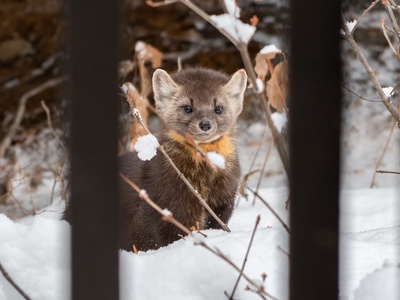
Pine Marten
An agile, cat-sized carnivore with a rich brown coat and a yellowish throat patch. It is an adept climber, hunting squirrels, birds, and small mammals in coniferous and mixed forests. The pine marten is a shy and primarily nocturnal animal.
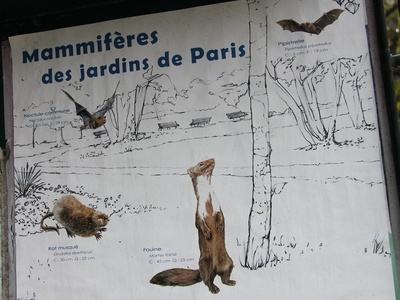
Beech Marten
Similar to the pine marten but with a white throat patch that extends to its legs. The beech marten, or stone marten, is more adaptable to human presence and can sometimes be found living in buildings, sheds, and attics in rural areas.
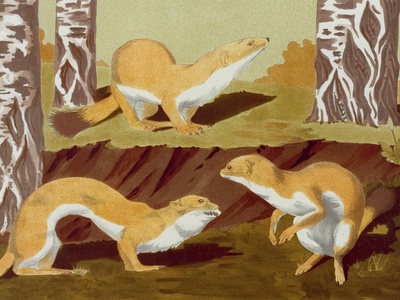
Stoat
A small, fierce predator with a slender body and a black-tipped tail. In northern Sweden, its coat turns completely white in winter for camouflage, a fur known as ermine. It preys relentlessly on rodents, rabbits, and birds.
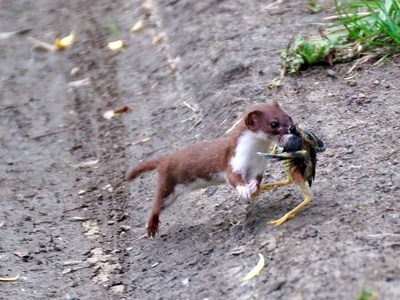
Least Weasel
The world’s smallest carnivore, the least weasel is a tiny but ferocious hunter of mice and voles. Its slender body allows it to follow prey into their burrows. Like the stoat, northern populations can turn white in winter but lack the black tail tip.
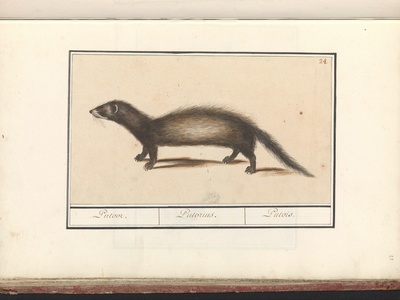
European Polecat
A medium-sized mustelid with a distinct dark “mask” across its face. It is the wild ancestor of the domestic ferret. The polecat hunts rodents, amphibians, and rabbits in a variety of habitats, including wetlands and farmland.
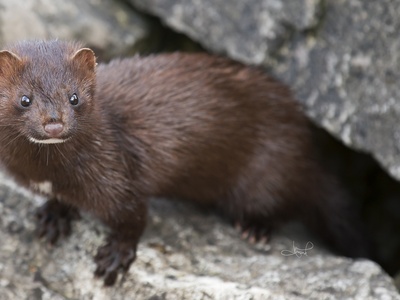
American Mink
An invasive species that escaped from fur farms and is now widespread. This semi-aquatic predator has had a devastating impact on native wildlife, particularly ground-nesting birds and the native European mink (not found in Sweden), and outcompetes the native polecat.
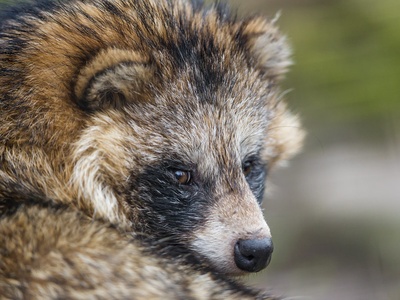
Raccoon Dog
An invasive canid from East Asia, it resembles a raccoon but is more closely related to foxes. It is an adaptable omnivore that poses a threat to native ground-nesting birds and amphibians. Its population is established in the north and expanding southwards.
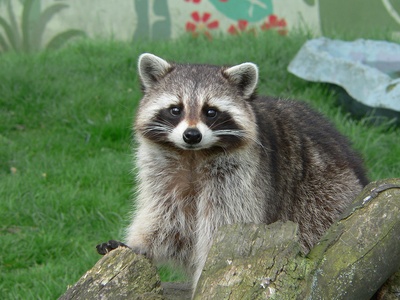
Raccoon
An adaptable North American omnivore known for its masked face and dexterous paws. Escaped and released individuals have established small, scattered populations. It is considered an invasive species due to its potential impact on local ecosystems.
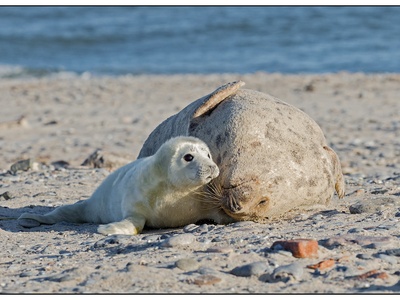
Grey Seal
The largest of Sweden’s three seal species, the grey seal can be recognized by its large, “horse-headed” profile. They gather in colonies on outer skerries to breed and molt and are skilled hunters of fish like cod and herring.
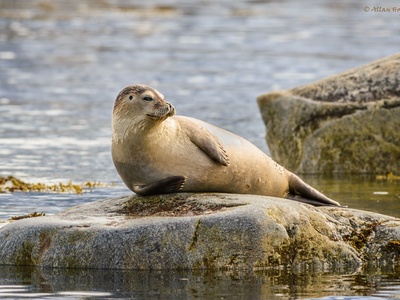
Harbour Seal
The most common seal on the Swedish west coast, also known as the common seal. It is smaller than the grey seal, with a rounder, more dog-like head. They often rest on rocks and skerries close to the shore at low tide.
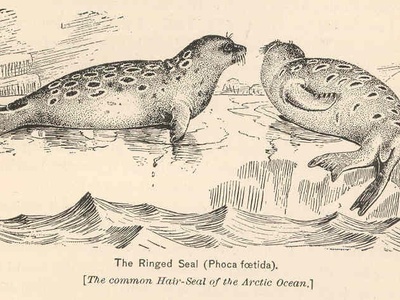
Ringed Seal
The smallest Swedish seal, it is uniquely adapted to life in ice-covered waters. Ringed seals give birth in snow lairs on the sea ice, making them highly vulnerable to the effects of climate change and warmer winters with less ice.
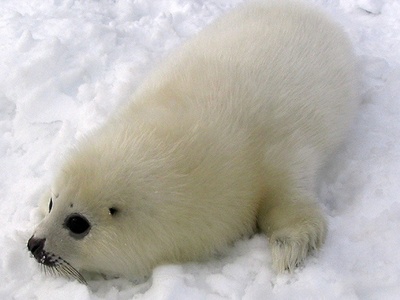
Harp Seal
An arctic seal species easily identified by the dark, harp-shaped marking on the backs of adults. While they breed on North Atlantic pack ice, they are regular seasonal visitors to the Skagerrak and Kattegat seas on Sweden’s west coast.
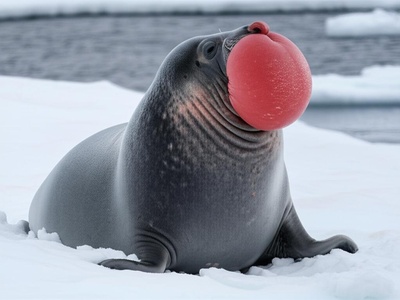
Hooded Seal
A large arctic seal named for the male’s unique inflatable nasal sac, which it can inflate into a red “balloon” for display. Like the harp seal, it is a regular but uncommon visitor to Sweden’s west coast during its migrations.
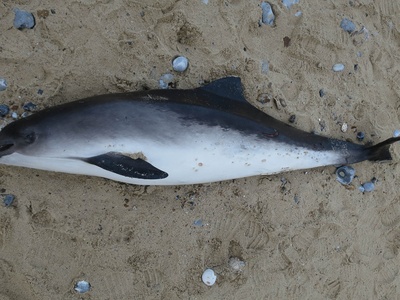
Harbour Porpoise
Sweden’s only resident cetacean, this is one of the world’s smallest whales. It is often seen in coastal waters, recognized by its small size and triangular dorsal fin. The genetically distinct Baltic Sea population is critically endangered due to bycatch.
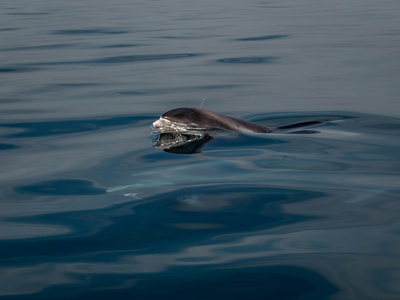
White-beaked Dolphin
A robust dolphin with a short, white beak, commonly found in the cold waters of the North Atlantic. They are energetic and often seen in groups in the Skagerrak and Kattegat, sometimes approaching boats to bow-ride.
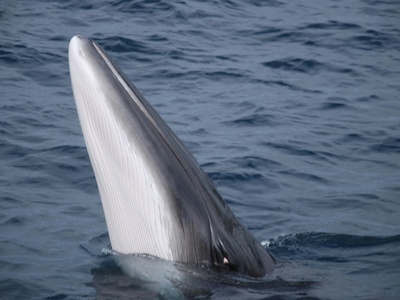
Minke Whale
The smallest of the great baleen whales, the minke whale is a relatively common seasonal visitor to the rich feeding grounds of the Skagerrak. It can be identified by its sleek body and the distinctive white bands on its flippers.
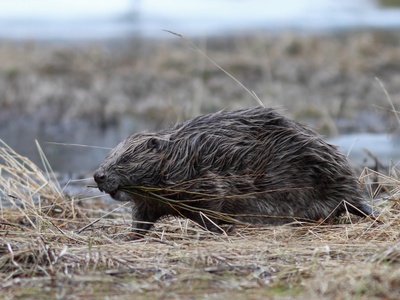
Eurasian Beaver
Reintroduced after being hunted to extinction, the beaver is now a successful “ecosystem engineer.” By building dams and lodges, these large, nocturnal rodents create wetlands that benefit a wide range of other species. Their presence is evident from gnawed trees.
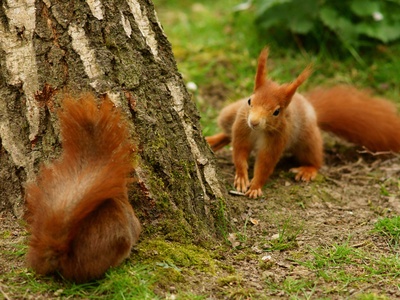
Red Squirrel
The familiar native squirrel of Sweden’s forests, recognized by its reddish coat and prominent ear tufts in winter. It spends its days foraging for nuts, seeds, and fungi, which it often buries in caches for later use.
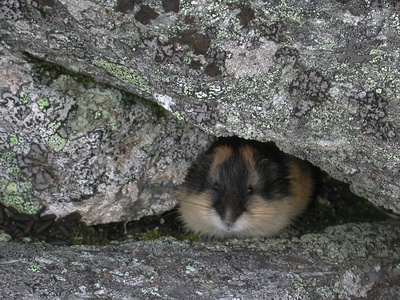
Norway Lemming
A small, colourful rodent of the Scandinavian tundra, famous for its dramatic population cycles. Every few years, their numbers boom, leading to mass migrations. Unlike other rodents, they are aggressive and will loudly confront perceived threats.
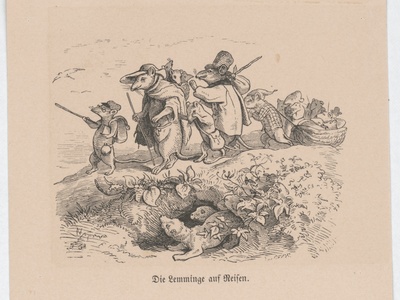
Wood Lemming
A small, dark-furred rodent inhabiting mossy old-growth taiga forests. It has a peculiar sex-ratio trait where some females only produce daughters. The wood lemming is secretive and its population fluctuates, though less dramatically than the Norway lemming’s.
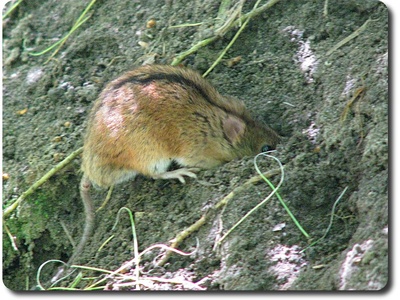
Bank Vole
One of the most common small mammals in Sweden, the bank vole is found in forests, parks, and gardens. It has a reddish-brown back and is an agile climber. It feeds on seeds, berries, and green plants.
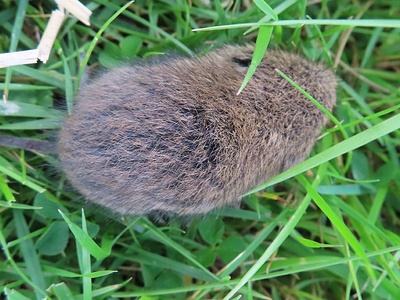
Field Vole
A very common vole found in open, grassy habitats like fields, meadows, and clear-cuts. It has a shaggier, grey-brown coat and a shorter tail than the bank vole. Field voles create extensive networks of runways in dense vegetation.
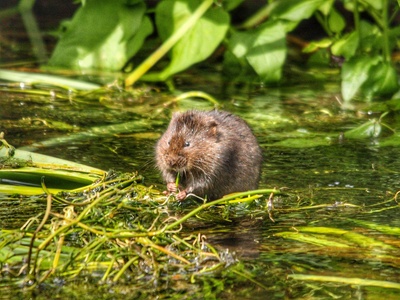
European Water Vole
A large, stocky vole that lives near slow-moving water like streams, ditches, and lakes. Often mistaken for a rat, it is an excellent swimmer and primarily eats waterside vegetation. Its burrow entrances are typically right at the water’s edge.
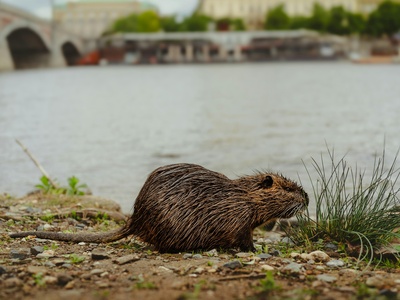
Muskrat
A large, semi-aquatic rodent native to North America, introduced via Finland. It builds conspicuous lodges out of vegetation in wetlands or burrows into banks. Considered an invasive species, it is found in the rivers and lakes of northern Sweden.
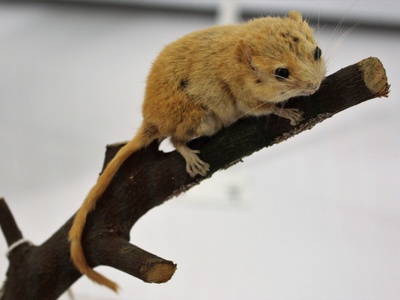
Hazel Dormouse
A tiny, nocturnal rodent with golden-brown fur and a furry tail, known for its long hibernation period of up to six months. It lives in dense woodlands and hedgerows, skillfully climbing among branches to find food like nuts, berries, and insects.
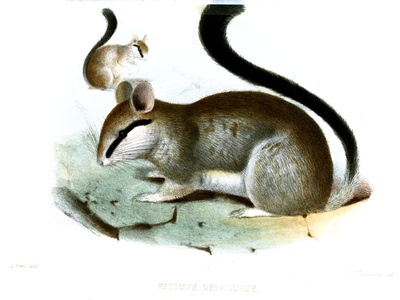
Garden Dormouse
A small dormouse with a distinct black mask around its eyes and a tufted tail. Though once present in Sweden, it is now considered nationally extinct (RE). It was an agile climber found in forests, orchards, and rocky areas.

Yellow-necked Mouse
Slightly larger than the wood mouse, it is identified by a distinct band of yellow fur across its neck. It prefers mature deciduous forests and is an excellent climber, often seeking shelter in buildings during the winter.
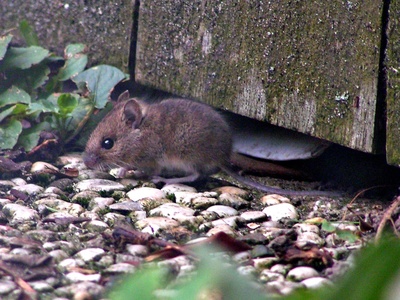
Wood Mouse
Also known as the long-tailed field mouse, this is one of Sweden’s most abundant rodents. It has large ears, prominent eyes, and a long tail. It inhabits woodlands, grasslands, and gardens, feeding on seeds, nuts, and invertebrates.
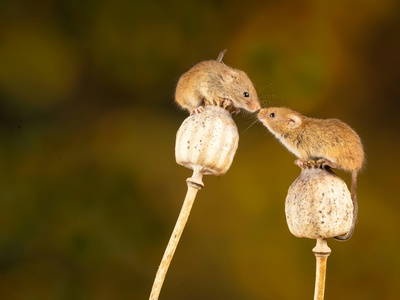
Harvest Mouse
Europe’s smallest rodent, the harvest mouse is a remarkable acrobat with a prehensile tail. It builds intricate, spherical nests of woven grass high up on the stems of cereals and tall grasses in fields and reed beds.
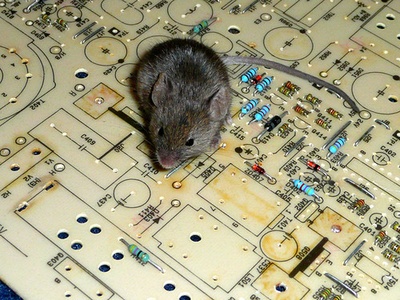
House Mouse
A small rodent that lives in close association with humans, found in houses, farms, and other buildings. It is an opportunistic omnivore and can breed year-round in favourable indoor environments, making it a common pest.
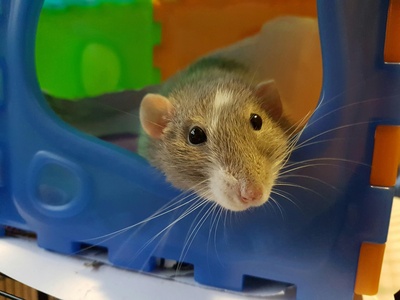
Brown Rat
A highly successful and adaptable introduced species, the brown rat is larger and more common than the black rat. It thrives in human-altered environments, especially in cities and farms, and is an excellent swimmer.
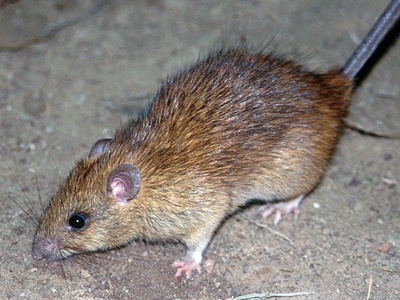
Black Rat
Also known as the ship rat, this species is smaller and more slender than the brown rat, with a longer tail. Historically common, it is now extremely rare in Sweden, found only in isolated populations, typically near ports.
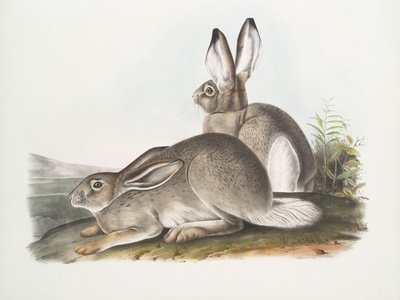
Mountain Hare
Sweden’s native hare species, adapted to colder climates. Its coat turns completely white in winter, providing excellent camouflage against the snow. It is most common in the forests and mountains of central and northern Sweden.
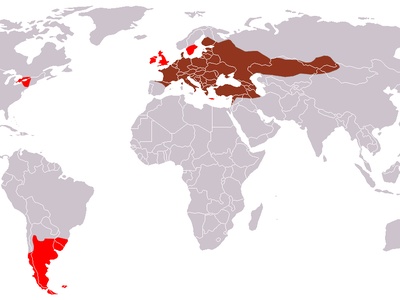
European Hare
Introduced for hunting, this species is larger than the mountain hare and its coat remains brownish-grey year-round, with black-tipped ears. It prefers open agricultural landscapes and is faster, relying on sheer speed to escape predators.
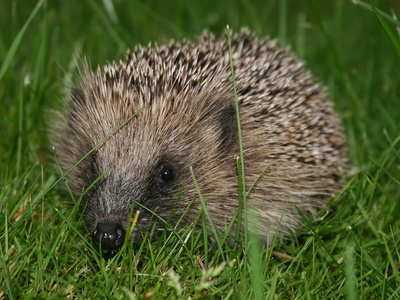
European Hedgehog
A familiar nocturnal mammal, famous for its coat of sharp spines which it uses for defense by rolling into a tight ball. Hedgehogs are found in gardens, parks, and farmland, where they forage for insects, worms, and slugs.
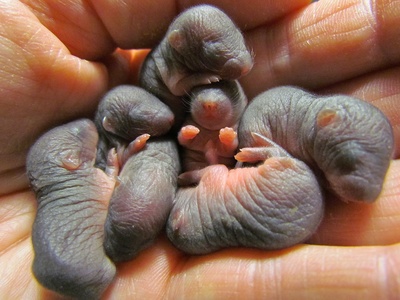
European Mole
A subterranean insectivore that spends nearly its entire life underground. It uses its powerful, spade-like front paws to dig extensive tunnel systems, pushing up characteristic molehills. It has poor eyesight but a keen sense of touch and smell.
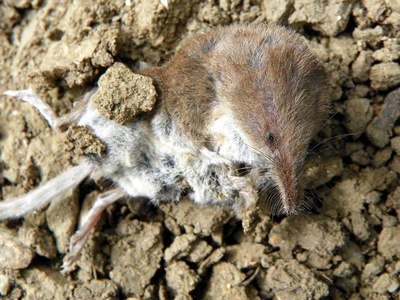
Common Shrew
One of Sweden’s most common small mammals, this tiny insectivore has a very high metabolism and must eat almost constantly to survive. It has a long, pointed snout, tiny eyes, and velvety dark fur. It is not a rodent.
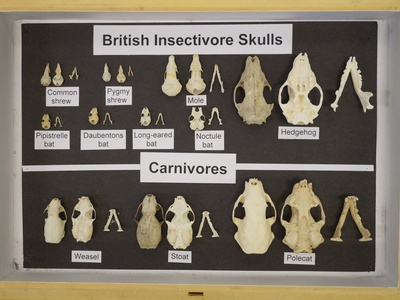
Pygmy Shrew
Even smaller than the common shrew, making it one of the smallest mammals in Sweden. It is very active, hunting for insects and spiders in dense vegetation. Its small size allows it to exploit resources unavailable to larger shrews.
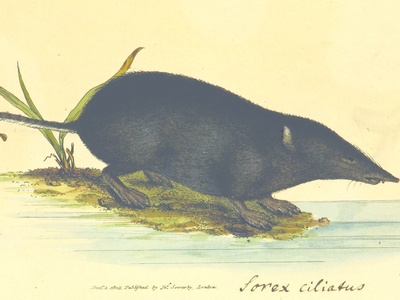
Eurasian Water Shrew
Europe’s largest shrew and a semi-aquatic species. It has a fringe of stiff hairs on its feet and tail that aid in swimming. Uniquely, its saliva is venomous, allowing it to paralyze larger prey like small fish and frogs.
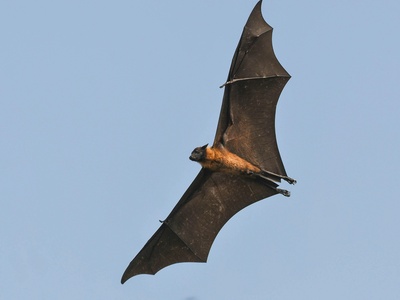
Northern Bat
Sweden’s most common and widespread bat, and the northernmost bat species in the world. It is a hardy species, able to survive in the cold climates of the far north. It often roosts in buildings and forages in a variety of habitats.
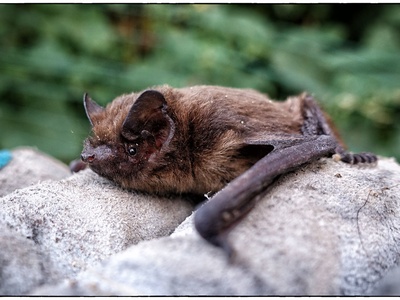
Common Pipistrelle
One of Europe’s most common bat species, this tiny bat is often seen hunting insects at dusk in parks, gardens, and over water. It is very small, with a wingspan of about 20 cm, and can eat up to 3,000 insects in a single night.
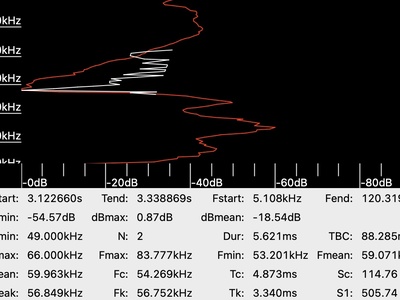
Soprano Pipistrelle
Visually identical to the common pipistrelle, but distinguished by its higher-frequency echolocation call (at 55 kHz). It often forages over wetlands and water bodies and is, like its cousin, a very common and widespread species in southern Sweden.
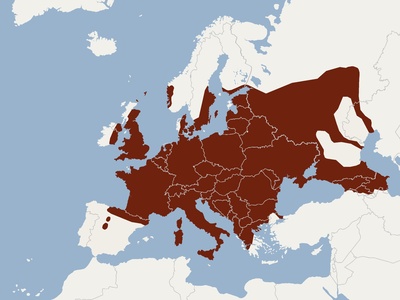
Nathusius’s Pipistrelle
A migratory bat species that travels long distances between its summer breeding grounds in northeastern Europe and its wintering areas in the southwest. It is slightly larger than other pipistrelles and often forages over water.
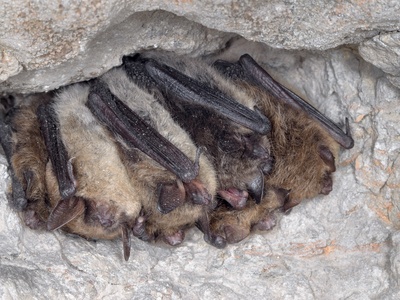
Brandt’s Bat
A medium-sized bat that is very difficult to distinguish from the whiskered bat. It is a woodland species, often found foraging in forests and near water. A specimen from Siberia holds the longevity record for a bat, living over 41 years.
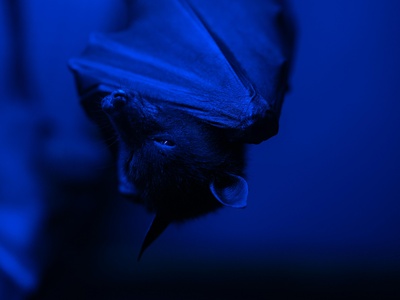
Whiskered Bat
Very similar in appearance to Brandt’s bat, this species prefers to forage in woodlands and along forest edges. It gets its name from the fine hairs on its muzzle. It often roosts in buildings and tree holes.
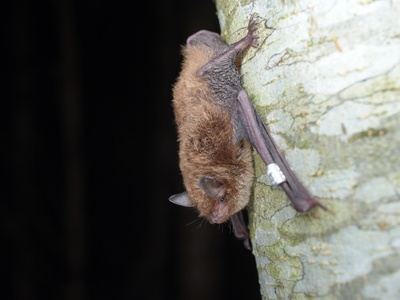
Daubenton’s Bat
Known as the “water bat,” this species specializes in hunting low over calm water surfaces. It uses its large feet and tail membrane to scoop up insects directly from the water. It roosts near water in tree holes, bridges, and buildings.
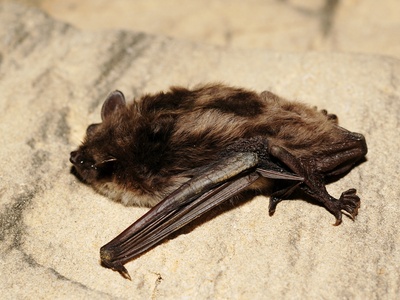
Pond Bat
A rare bat in Sweden, found only in the far south. It is a relatively large species that, like Daubenton’s bat, forages for insects over water, but typically over larger lakes and canals. It is a highly protected species.
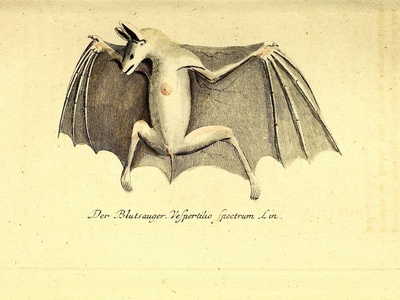
Bechstein’s Bat
A rare woodland bat with exceptionally long ears. It is a specialist of old-growth broadleaf forests, where it gleans insects directly from leaves and bark. Its presence indicates a high-quality, healthy forest ecosystem.
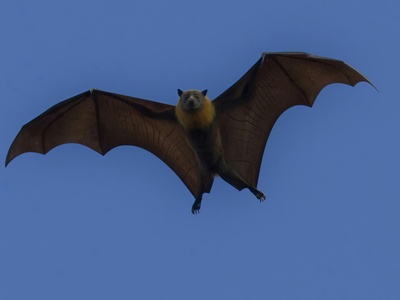
Natterer’s Bat
A medium-sized bat with a distinctive fringe of stiff hairs on its tail membrane. It is an agile flyer, capable of hovering and plucking spiders and insects directly from foliage, walls, and the ground in wooded and rural areas.
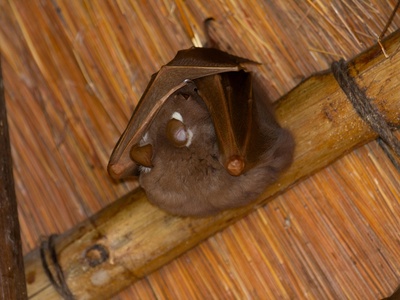
Brown Long-eared Bat
Instantly recognizable by its enormous ears, which are nearly as long as its body. It is a slow, quiet flyer that hunts in dense woodland, using its sensitive hearing to listen for the faint sounds of insects on leaves.
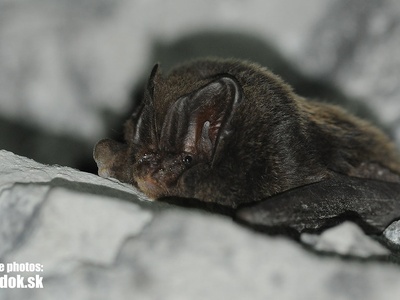
Barbastelle Bat
A distinctive-looking bat with a short, pug-like snout and broad ears. It is a specialist of old-growth forests and is very rare in Sweden. It has a unique foraging strategy, targeting moths that are unable to hear its echolocation calls.
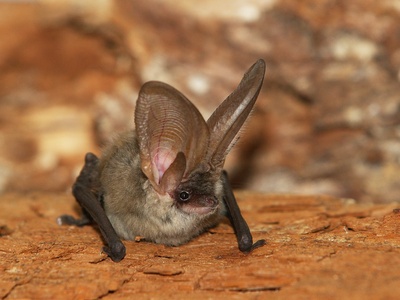
Grey Long-eared Bat
Very similar to the brown long-eared bat but rarer and more associated with open, warmer landscapes. In Sweden, it is critically endangered, with only a tiny population known to exist in churches and old buildings in Skåne.
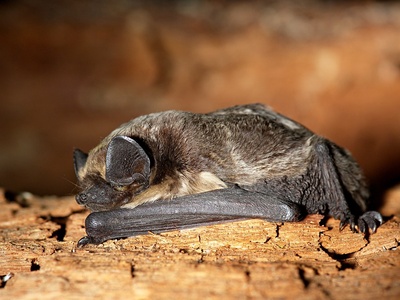
Parti-coloured Bat
A migratory bat with distinctive fur that looks frosted with silver. It is known for its loud, audible social calls, especially in autumn when males perform display flights from tall buildings in urban areas. It is a fast, high-altitude flyer.
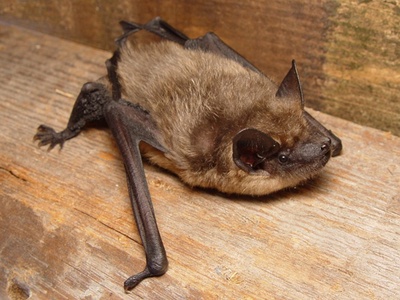
Serotine Bat
One of the largest bats in Sweden, it emerges early in the evening to hunt for beetles and large moths. It is often found in agricultural landscapes and urban areas, where it frequently roosts in older buildings.
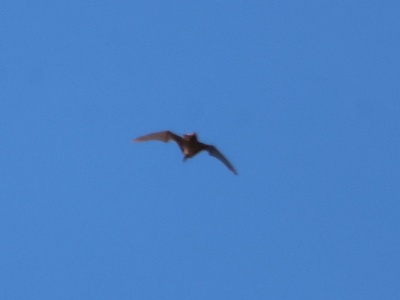
Noctule Bat
A large, powerful bat that flies high and fast in open areas, often before sunset. It has a distinctive, powerful flight pattern resembling a swift. It typically roosts in tree holes in mature woodlands and parks.
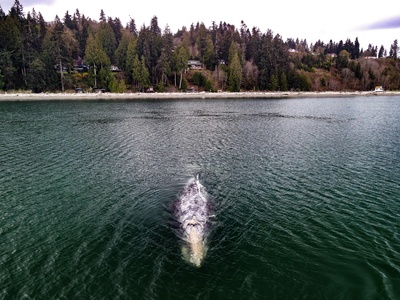
Grey Whale
This large baleen whale was once found in the North Atlantic but was hunted to extinction there by the 18th century. Archaeological findings confirm its historical presence in the Baltic Sea. It now only survives in the North Pacific Ocean.
